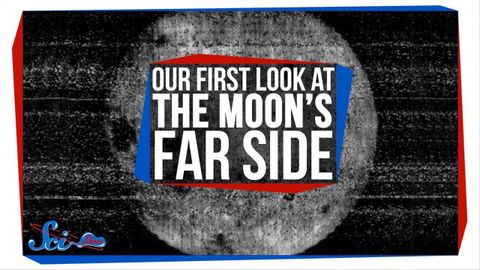月の裏側を初めて見た私たちの驚き (Our Startling First Glimpse of the Far Side of the Moon)
林宜悉 が 2021 年 01 月 14 日 に投稿  この条件に一致する単語はありません
この条件に一致する単語はありませんUS /ˈpɚmənənt/
・
UK /'pɜ:mənənt/
- adj.永続的な;常勤の;恒久的な
- n.正社員;パーマ
- v.t.打つ;削除する
- n. (c./u.)打つ;ストライク;ストライキ;ストライク;攻撃
- v.i.突然~の状態になる;突然思いつく
US /pəˈzɪʃən/
・
UK /pəˈzɪʃn/
- n. (c./u.)見解 : 態度;位置;(スポーツの)位置 : ポジション;役職;状況 : 情勢;有利な立場
- v.t.位置づける : 置く;置く
エネルギーを使用
すべての単語を解除
発音・解説・フィルター機能を解除

